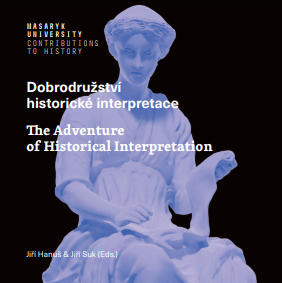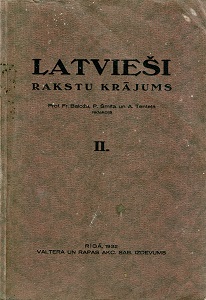
Српски владарски портрети у Григоријевој галерији Свете Софије у Охриду и њихов програмски контекст
The fragments of three rulers’ images are preserved in the highest zone of the eastern wall of what is known as Gregory's Gallery in the exonarthex of the Ohrid cathedral. They are represented on each side of the images of the Deesis, with Christ on the throne, flanked by the images of two archangels, and two saints who mediate for the rulers. Based on the number of the ruler’s portraits, scholars assumed that these are the portaits of the Serbian emperor Dušan, his wife Jelena, and their son Uroš. Therefore, the mural paintings of the gallery are dated to the period between 1350 and 1355 because of the great stylistic similarity between the frescoes of the gallery and those on the first floor of the narthex which were painted by John Teoryanos and his assistants at the end of the fifth decade of the 14th century. One can reliably assume that the first ruler’s image from the left side of the north wall is, in fact, the portrait of the male member of the family. Such an assumption is based on the existence of the small fragment of an extremely long loros, a detail that was not observed by researchers. On the right side of the adjacent figure, a fragment of a semicircular decorative detail is preserved. This detail is reminiscent of the semicircular ornaments on the male sakkos. However, the possibility that the mentioned image is a portrait of the empress Jelena should not be excluded. Namely, one may think that the detail in question is, in fact, the fragment of a long, wide sleeve of a female ruler’s dress. Portraits of Jelena in Saint Nicholas Bolnički in Ohrid and in Lesnovo point to this conclusion. In addition, one should pay attention to the fact that the throne and the legs of Christ are intentionally directed to the south side. That is why we assume that the portait of Dušan was represented on that side, and the portraits of his son and wife who is nearer to Christ , were on the opposite, north side of the eastern wall of the gallery. Based on the existence of a supaedion, on which the figure nearest to Christ on the north side is standing, one can conclude that it is the image of the Virgin. The vertical decorative stripes on her dress are almost identical to those in the churches of Saint Demetrios in the Patriarchate of Pe}, Marko’s Monastery, Lesnovo and Konče. The assumption that the bishop represented on the opposite side of Christ should be identified as Saint Clement of Ohrid cannot be accepted without reserve. Namely, he was not represented with the long pointed beard that covers a part of his omophorion, as was the case on almost all of the images of Saint Clement. That is why the possibility that the image of some other holy bishop is in question seems more acceptable. One should especially examine the possibility that it was Saint Nicholas of Myra. Primarily, the only holy bishop that was represented in the Deesis in Eastern Christian iconography instead of Saint John the Forerunner was, as far as we know, just Saint Nicholas. As valid comparative examples, one can mention the images of the Deesis from the diakonikon of Sopo}ani, above the portal of the narthex of Saint Nicholas Domnesc in Kurtea de Arges, or the Deisis represented on the Russian icon from Tver, painted at the begining of the 16th century. It should be emphasized that Saint Nicholas was greatly respected during the reign of Dušan. This Serbian ruler had an almost personal attitude towards this saint and bishop. Evidence of this is Dušan’s gift to the basilica of Saint Nicholas in Bari, dedications of the smaller church of his mausoleum and the paraklession in Dečani, as well as from the texts of several of his charters. In some of the aforementioned documents, the mediating role of Saint Nicholas is especially stressed. Such a status was assigned to Saint Nicholas in the western part of the Dečani naos, as well. There is a “spatial Deesis” consisting of the figure of the Christ, the Virgin, Saint John the Baptist and Saint Nicholas. Finally, since Saint Nicholas was the namesake of the archbishop of Ohrid, there are grounds for assuming that it was the archbishop who wanted Saint Nicholas to be represented in the Deesis composition.
More...

















